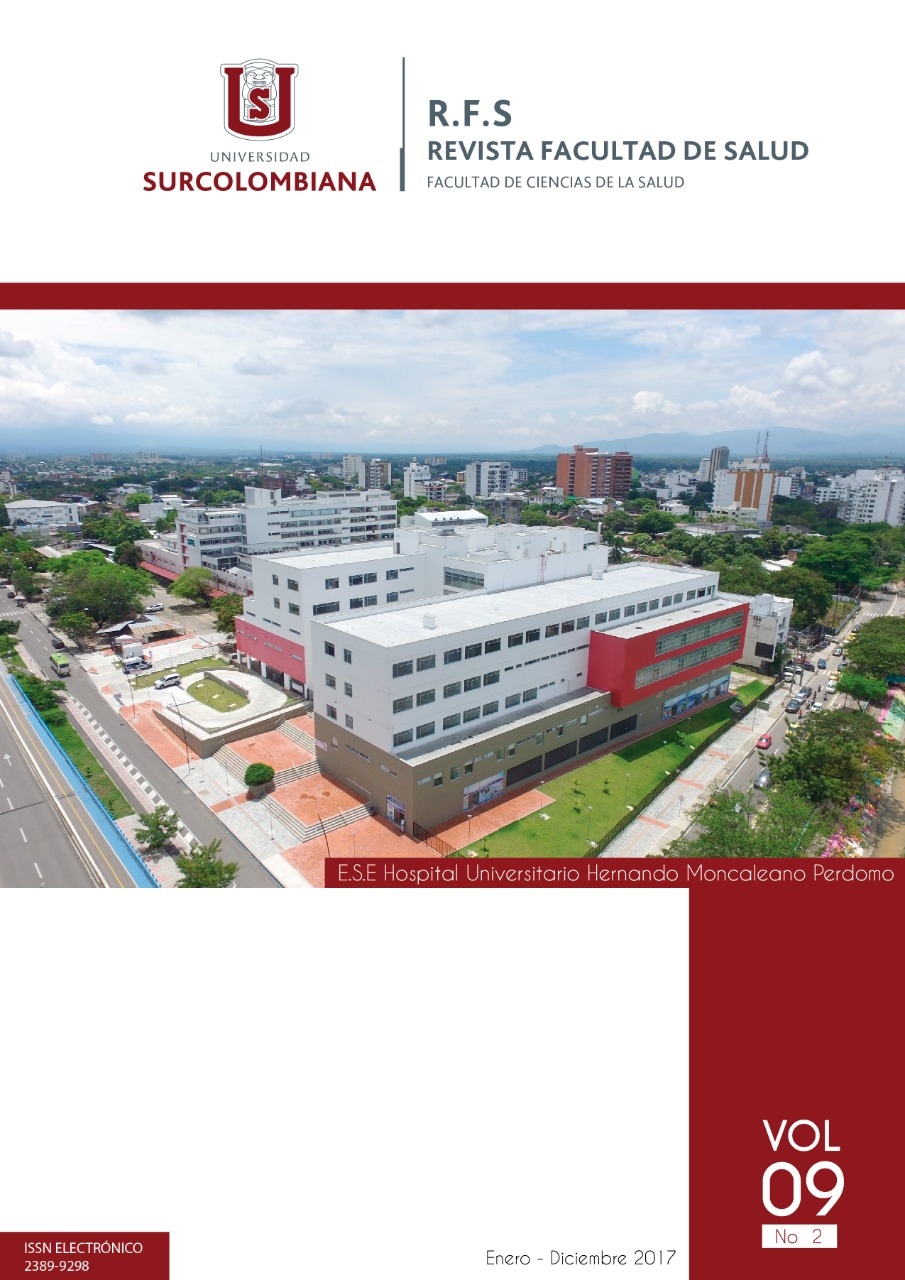Síndrome de Burnout en personal de servicios de urgencias de baja complejidad. Neiva, 2014. Estudio transversal
##plugins.themes.bootstrap3.article.main##
Objective
To determine the prevalence of Burnout Syndrome in emergency services personnel in an institution that provides health services of low complexity in Neiva.
Background Burnout Syndrome is an inadequate response to chronic work stress whose main characteristics are high levels of emotional exhaustion, depersonalization and low personal fulfillment. The worldwide prevalence of this syndrome in health personnel varies between 2.2% and 69.2%.
Method
Cross-sectional study. A sample of 90 workers (doctors, nurses and nursing assistants) in a low complexity State Social Enterprise in the city of Neiva was administered a self-administered questionnaire composed of two validated instruments (Maslach Burnout Inventory and the National Survey of Conditions of Work of the National Institute of Security and Hygiene at Work).
Results
The prevalence of Burnout Syndrome was 3.3% (n = 3) (elevated levels in the three characteristics simultaneously); 11.1% (n = 10) emotional exhaustion, 20% (n = 18) depersonalization and 10% (n = 9) low personal fulfillment. No statistically significant associations were found between employment and work conditions with the syndrome in question.
Conclusion
Despite the characteristics of the working and employment conditions identified in this population, no association was identified with BS. Factors such as the degree of autonomy and control, social support at work associated with positive personal relationships and high family functionality could mediate as
protectors or modulators of Burnout Syndrome.





